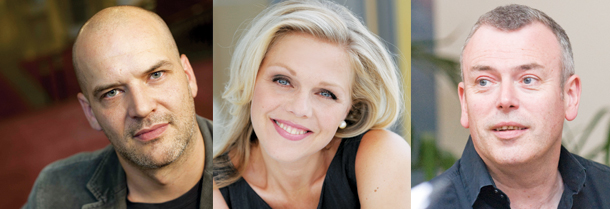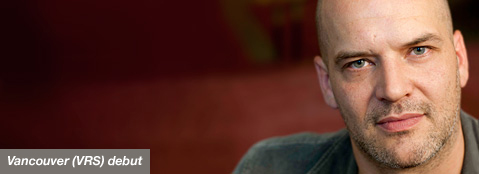Tag: Florian Boesch
-

PROGRAM NOTES: FLORIAN BOESCH AND MIAH PERSSON
The Songs of Robert Schumann Robert Schumann was a composer steeped in literature. His compositions bear the dual imprint of both German musical and literary Romanticism. Literature was the family business, one might say, as his father, August Schumann, was both a publisher and a bookseller in Zwickau, Saxony, where the composer grew up. He…
-

AN INTERVIEW WITH FLORIAN BOESCH
Thank you for taking time out of your busy schedule. How did the New Year start for you? The New Year started with a Messiah concert in Zurich and then 5 days skiing with the kids and friends in Vorarlberg. That‘s a very good start! Who are the great influences in your life and in…
-

PROGRAM NOTES: FLORIAN BOESCH
A recital of Lieder set exclusively to poems of Heinrich Heine and composed solely by Schubert and Schumann is particularly apt inasmuch as Heine was born the same year as Schubert (1797) and died the same year as Schumann (1856). He was not only one of Germany’s leading romantic authors, he also wrote about travel,…

